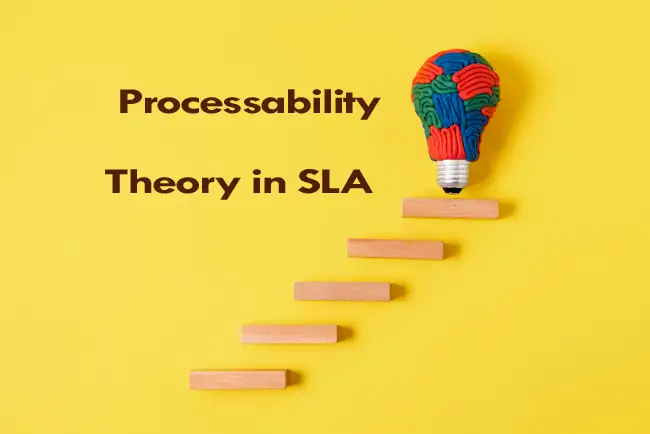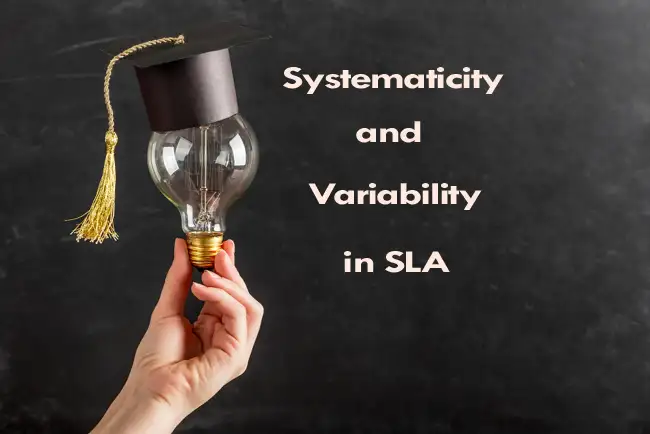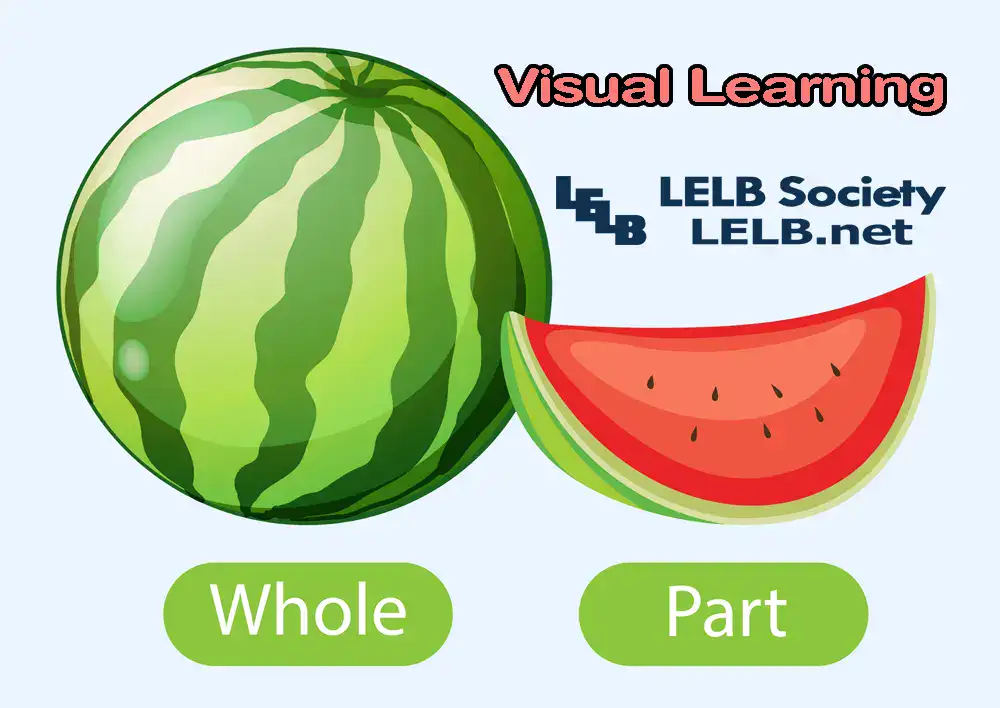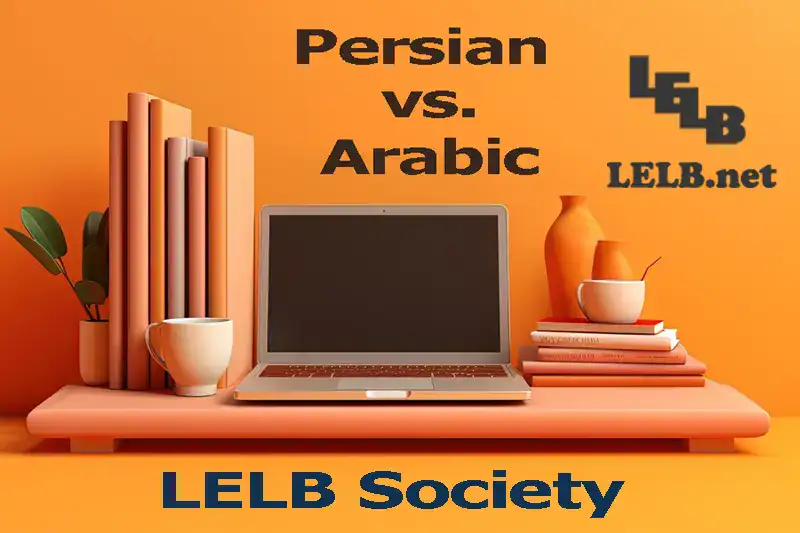Systematicity and variability in language acquisition written by Dr. Mohammad Hossein Hariri Asl with a video narrated by the author.
Author: Dr. Mohammad Hossein Hariri Asl
Video of systematicity and variability in language acquisition
Systematicity and variability in language acquisition
The term ‘interlanguage’ was coined by the American linguist, Larry Selinker (nd, cited in Ellis, 1997) in recognition of the fact that L2 learners construct a linguistic system that draws, in part, on the learner’s L1 but is also different from it and also from the target language. A learner’s interlanguage is, therefore, a unique linguistic system.
In the process of interlanguage, the learner constructs a system of abstract linguistic rules which underlies comprehension and production of the L2. This system of rules is viewed as a ‘mental grammar’ and is referred to as an ‘interlanguage’ (Ellis, 1997). The learner’s grammar is permeable, that is, the grammar is open to influence from the outside (i.e. through the input). It is also influenced from the inside. For example, the omission, overgeneralization, and transfer errors constitute evidence of internal processing.

There is a good deal of evidence that learners work their way through a number of developmental stages, from apparently primitive and deviant versions of the second language, to progressively more elaborate and target-like version. Just like fully proficient users of a language, their language productions can be described by a set of underlying rules; these interim rules have their own integrity and are not just inadequately applied versions of the target language rules (Mitchell & Myles, 2004).
According to Kumaravadivelu (2006), “Language development is cyclical and parallel, not sequential and additive. Language-centered pedagogists believe that the development of L2 knowledge/ability is not a linear, discrete, additive process but a cyclical, holistic process consisting of several traditional and parallel systems” (p. 141).
Adjemian (nd, cited in McLaughlin, 1987) stressed the notion that interlanguage systems are changeable and in a state of flux.
Systematicity
A substantial part of the SLA research community has concentrated on documenting and trying to understand the discovery that language learning is highly systematic. A defining moment for the field was in the late 70s / early 80s when it became evident that L2 learners follow a fairly rigid developmental route, in the same way as children learning their L1 do, and not dissimilar in many respects from the L1 route.

Moreover, this developmental route, crudely represented as a series of interlocking linguistic systems (or interlanguages, sometimes bore little resemblance to either the L1 of the learner, or the L2 being learned. Crucially, these interlanguages are linguistic systems in their own right, with their own set of rules (Hooper, Mitchell & Myles, 1998).
According to Mitchell and Myles (2004), in the process of interlanguage, “… this kind of data has commonly been interpreted to show that, at least as far as key parts of the second language grammar are concerned, learners’ development follow a common ‘route’, even if the speed or ‘rate’ at which learners actually travel along this common route may be very different” (p. 16).
This systematicity in the language produced by second-language learners is of course paralleled in the early stages through which first language learners also pass in a highly regular manner. Towell and Hawkins (1994, cited in Mitchell & Myles, 2004) identify systematicity as one of the key features that SLL theories are required to explain.
Variation within systematicity
This approach is represented in the work of Anderson (1978) and Hyltenstam (1977, cited in McLaughlin, 1987), both of whom used ‘implicational scaling techniques’ to examine individual variability within uniformity. They found that their subjects showed systematicity in their second-language acquisition. Subjects from different first-language backgrounds showed a single implicational order, although there was evidence in both studies of individual variation.

For example, subjects learning Swedish in Hyltenstam’s study could be placed along a continuum according to the parts of the negative they had acquired. Although there was variability in their responses, the general tendency was to follow a definite order: first putting negatives after auxiliary forms and then putting them after main verbs.
Despite the relative rigidity of the L2 learning route, transfer does occur in so far as the L1 has an impact upon L2 learning, even if it remains true that it is primarily in the sense of speeding up the learning process in the case of closely related languages or similar linguistic structures, rather than changing the route of development itself (i.e. learners still follow the same stages, but at different speeds, depending on their L1).
Moreover, transfer often occurs one way and not the other, with English learners of French, for example, producing la souris mange le (the mouse eats it) rather than la souris le mange (the mouse it eats), but French learners of English never produce the mouse it eats in their interlanguage.
It had been assumed prior to this that second language learners’ productions were a mixture of both L1 and L2, with the L1 either helping or hindering the process depending on whether structures are similar or different in the two languages.
Sato (1984, cited in Gass & Selinker, 2008) considered the reduction of consonant clusters in English by many Vietnamese students. From a sociolinguistic point of view, Schmidt’s (1977, cited in Gass & Selinker, 2008) study was concerned with the pronunciation of /θ/ in English. Because /θ/ is a prestige form in Egyptian Arabic, it could be assumed that the more formal the situation is for elicitation of English, the greater the occurrences of /θ/.
Variability
Variabilists such as Tarone (1983) and Preston (1996, cited in Barkhuizen & Ellis, 2005) have argued that learner language (interlanguage) is essentially systematic. Although learners’ second language utterances may be deviant by comparison with target language norms, that is variability, they are by no means lacking in system.

In contrast to the undeniable systematicity of the route of development (bar the relatively minor differences alluded to previously) the rate of acquisition and the outcome of the acquisition process are highly variable, unlike L1 acquisition in which children seem to progress at roughly similar rates.
It is very difficult to predict in second language acquisition what makes some people learn faster and better than others. Some factors have been isolated as playing some part in this. For example, age is one such factor (Singleton & Lengyel, 1995, cited in Hooper, Mitchell, & Myles, 1998).
Learner language is systematic. That is, at a particular stage of development, learners consistently use the same grammatical form, although this is often different from that employed by native speakers. On the other hand, learner language is variable. That is, at any given stage of development, learners sometimes employ one form and sometimes another. Thus, one type of error may alternate with another type (Ellis, 1997).
According to Brown (2000), in the midst of all this systematicity, there is an equally remarkable amount of variability in the process of learning first and second language acquisition. Learner language (interlanguage) is not only characterized by systematicity. Learner language systems are presumably unstable and in course of change, that is, they are also characterized by high degrees of variability (Towell & Hawkins, 1994, cited in Mitchell & Myles, 2004).
In other words, learners’ utterances seem to vary from moment to moment, in the types of ‘errors’ that are made, and learners seem liable to switch between a range of correct and incorrect forms over lengthy periods of time. Variability is described by Towell et al. (1996, cited in Mitchell & Myles, 2004) as a central feature of learner interlanguage that SLL theories have to explain.
The learner’s grammar is transitional. Learners change their grammar from one time to another by adding rules, deleting rules, and restructuring the whole system. This results in an ‘interlanguage continuum’, that is, learners construct a series of mental grammars or interlanguages as they gradually increase the complexity of their L2 knowledge (Ellis, 1997).

Ellis (1985, 1999, cited in Barkhuizen & Ellis, 2005) has argued that learners pass through a stage of free variation, defined by Mathews (1997, cited in Barkhuizen & Ellis, 2005) as “the relation between sounds or forms which have similar or partly similar distributions but are not described as being in contrast” (p. 136).
The variability found among second language learners is undoubtedly more ‘extreme’ than that found for children (Mitchell & Myles, 2004).
Hooper, Mitchell and Myles (1999) conducted a study on French language learners. The data used for this study are drawn from a larger corpus of classroom learner French, recorded within the context of a three-year project, “Progression in Foreign Language Learning,” in secondary schools in southern England. The broad aims of the project were to document the rate and route of progression of classroom learners of French as a foreign language in the lower secondary school.
As the foregoing examples show, the way in which individual learners establish reference varies in detail, depending on how much of a pronoun system they have established, and this seems to have a direct impact on how far they have analyzed the comment t’appelles-tu? chunk. However, our subjects seem to be progressing along a common general route, at variable rates, that can be summarized as follows:

- Chunk inappropriately used, over extended; for example, *comment t’appelles-tu?
- Chunk over extended, but with lexical NP tagged on; for example, *comment t’appelles- tu le garc¸on?
- Chunk starting to break down: subject pronoun omitted or replaced by an NP; for example, *comment t’appelles (la fille)?
- Further breaking down: reflexive pronoun changes to s’: subject pronoun is omitted or replaced by a lexical NP; for example, *comment s’appelle?; comment s’appelle. . . garc¸- un garc¸on?
- Third-person pronoun is used; for example, comment s’appelle-t-il? (Pupil 09 only)
Some variability in learner language can be explained by what Gatbonton (1983, cited in Brown, 2000) described as the ‘gradual diffusion’ of incorrect forms of language in emergent and systematic stages of development. First, incorrect forms coexist with correct; then, the incorrect are expunged.
Notable among models of variability are Tarone’s (1988, cited in Brown, 2000) ‘capability continuum paradigm’ and Ellis’s (1994, cited in Brown, 2000) ‘variable competence model’, both of which assumed that the context and language tasks can affect variation in the interlanguage process.
The final stage in the process would occur when all the constituents of the original formula had been released and could be used productively elsewhere, “What the learner derives from the analysis of formulas already in his own speech repertory are grammatical rules, and these rules, which form the bases for productive speech, gradually free him from his early dependence on formulaic speech” (Hooper, Mitchell & Myles, 1998, p. 300).
Systematic Variability

Systematic variation is evidenced when two or more sounds/grammatical forms vary contextually. Some variation is linguistically based; other is sociolinguistically determined. Systematic variation is found in phonology, morphology, and syntax. It is evidence of learners’ need to impose regularity on their own interlanguage system (Gass & Selinker, 2008).
It appears that learners vary in their use of the L2 according to ‘linguistic context’. In one context, they use one form while in other contexts, they use alternate forms. Learners also vary in the linguistic forms they use in accordance with the ‘situational context’. In this respect, learners are no different from native speakers. Another important factor that accounts for the systematic nature of variability is the ‘psycholinguistic context’, where learners have the opportunity to plan their production (Ellis, 1997).
In order to explain variability in rate and outcome, SLA researchers have focused primarily on the role of external factors in the acquisition process. As we have seen, one line of research inquiry has addressed questions about the nature of the input and the role of interaction in the learning process.
Other lines of inquiry have investigated the role of learner variables, such as intelligence, aptitude, motivation, attitude, as well as the social and sociolinguistic variables which impact on them (Berry, 1998; Dörnyei, 2001; Sawyer & Ranta, 2001; Skehan, 1989, 1998, cited in Hooper, Mitchell & Myles, 1998). These variables have been found to play an important role in determining how successful learners are.
Conclusion
Studies have tended to focus on the importance of creative, rule-governed processes in SLA, and on the systematic nature of learner language (Hooper, Mitchell, & Myles, 1998). Learner language is systematic since it is possible that variability is also systematic. That is, we may be able to explain, and even predict, when learners use one form and when another (Ellis, 1997).
It has become increasingly apparent that, although interlanguages are systematic and internally consistent, they may contain alternate rules for performing the same functions. Thus, despite the evidence for uniformity in the developmental profile of different learners from different first-language backgrounds, there are variations in the overall course of development that learners follow. As Tarone (1983, cited in McLaughlin, 1987) put it, the evidence indicates that interlanguage, like any other natural language, is systematically variable.
References
- Barkhuizen, G., & Ellis, R. (2005). Analyzing learner language. Oxford: Oxford University Press.
- Brown, H. D. (2000). Principles of language learning and teaching. White Plains, NY: Addison Wesley Longman, Inc.
- Ellis, R. (1997). Second language acquisition. Oxford: Oxford University Press.
- Gass, S. M., & Selinker, L. (2008). Second language acquisition: An introductory course. New York: Routledge, Taylor and Francis Group.
- Hooper, J., Mitchell, R., & Myles, F. (1998). Rote or rule? Exploring the role of formulaic language in classroom foreign language learning. Language Learning 48(3).
- Hooper, J., Mitchell, R., & Myles, F. (1999). Interrogative chunks in French L2: A basis for creative construction. SSLA, 21, 49–80.
- Kumaravadivelu, B. (2006). Understanding language teaching, from method to postmethod. Mahwah, New Jersey: Lawrence Erlbaum Associates, Inc.
- McLaughlin, B. (1987). Theories of second-language learning. New York, NY: Routledge, Chapman, and Hall, Inc.
- Mitchell, R., & Myles, F. (2004). Second language learning theories. London: Hodder Arnold Group.
How to cite this article in APA Style?
Hariri Asl, M. H. (2023). Systematicity and variability in language acquisition. LELB Society, https://lelb.net/systematicity-and-variability-in-language-acquisition/



